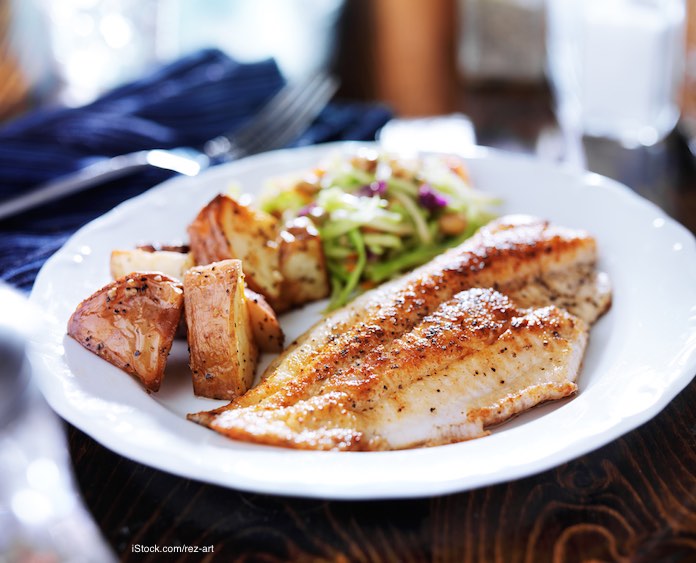Meal kits, mail-order food, and home-delivered groceries are very popular gifts this time of year. If you are giving one of these gifts to someone, there are some meal kit food safety tips you need to know from the Centers for Disease Control and Prevention (CDC).

Perishable foods always need to stay at a safe temperature to prevent bacterial growth that could make someone sick. I have personal experience with this: [Editor’s note: I ordered cheese fondue from a company recently and it was not delivered with an ice pack or in an insulated container, but in a regular cardboard box. I threw it away.] Here’s what you need to know about meal kit food safety tips.
Always ask questions about the company’s food safety standards. If you are buying for someone who is in a high risk group (the elderly, young children, pregnant women, and people with chronic illnesses), this is even more important. Ask how they would respond if the food is not delivered at a safe temperature.
It’s important that someone be there for delivery so the food can be refrigerated or frozen. See if a neighbor can be there if you or the recipient can’t. If that isn’t possible, try to find a safe space where the food can be delivered. It should be a cool, shaded, secure location where pests can’t get at it.
When the food arrives, look at the box and packaging. Stickers on the box should read, “Keep Refrigerated” or Keep Frozen” if you ordered meat, seafood, poultry, eggs, or dairy. The company should use insulated packaging and materials such as dry ice.
Check the temperature with a food thermometer. Perishable food should arrive frozen, partially frozen with visible ice crystals, or below 40°F. Smoked, cured, vacuum-packed, or fully cooked food should still be kept cold. Refrigerate or freeze the food as soon as possible.
Notify the company if the food is above 40°F when it arrives. Don’t taste any of the food; you can’t tell if it’s safe to eat by its texture, appearance, taste, or smell. When in doubt, throw it out.




